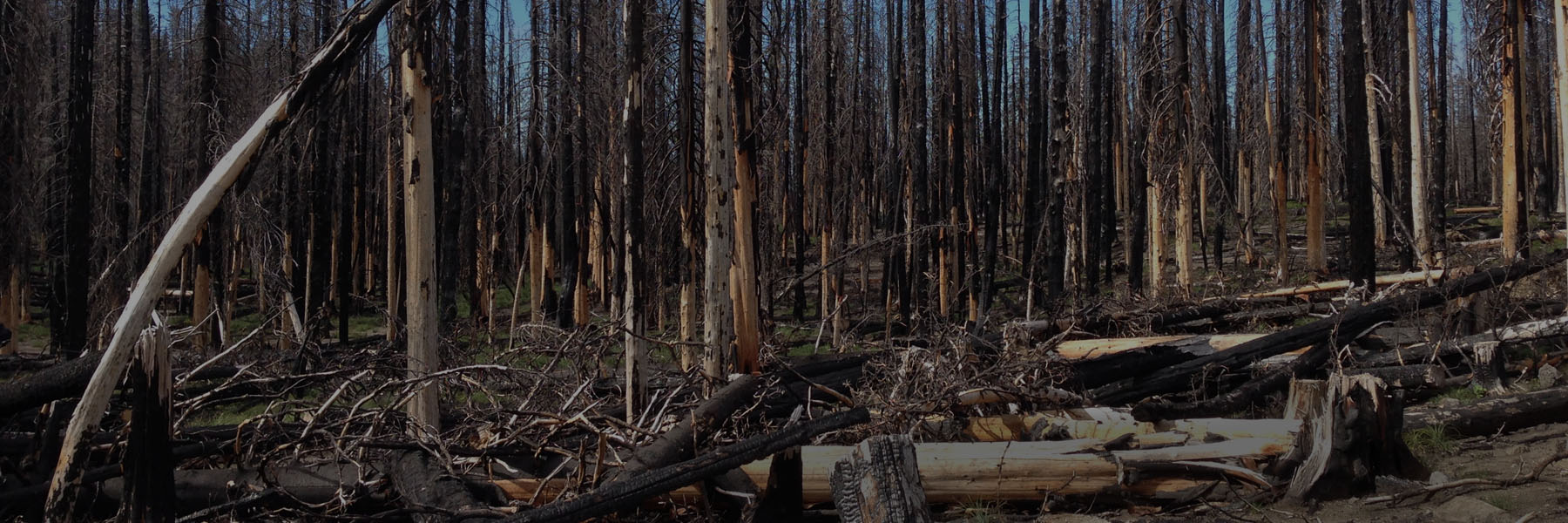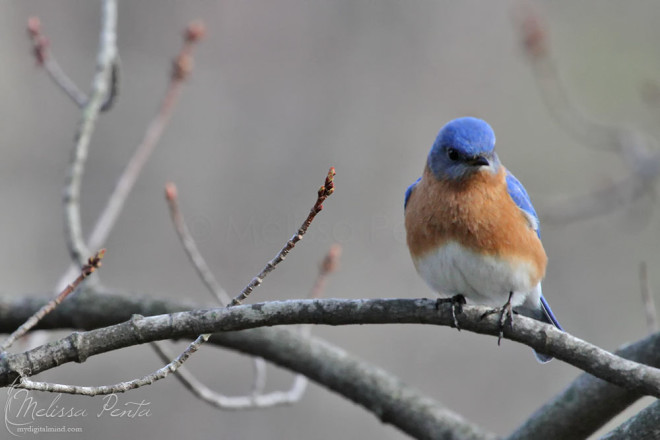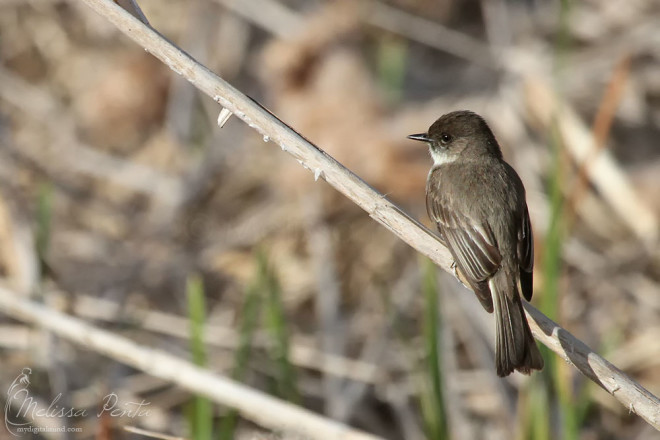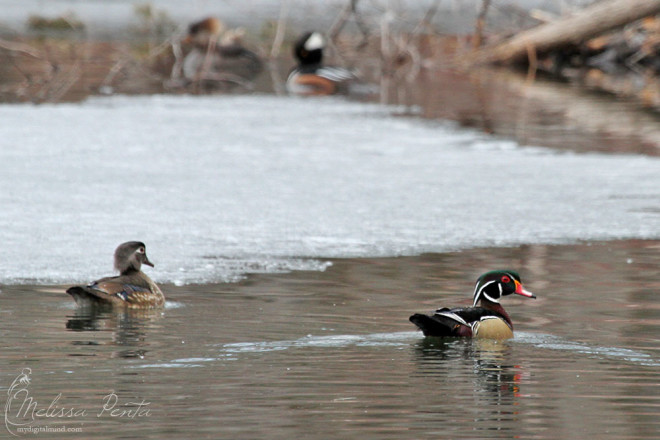Birding in the Pacific Northwest – Part 2
Leave a CommentContinued from Birding in the Pacific Northwest – Part 1
The next morning, we met with Dave at 4:30AM. We were happy that he arrived just at the moment that we did because it was still dark out and the only people out on the streets were hungover or high! We saw some…interesting people that morning. We had a long drive ahead of us – Dave wanted to bring us to the mountains up in Washington. We did not make many stops on the way – until Dave spotted a pair of California Quail on the side of the road. He stopped the car, backed up and let us get good looks and photos. Both Renee and I already started the day with a lifer!
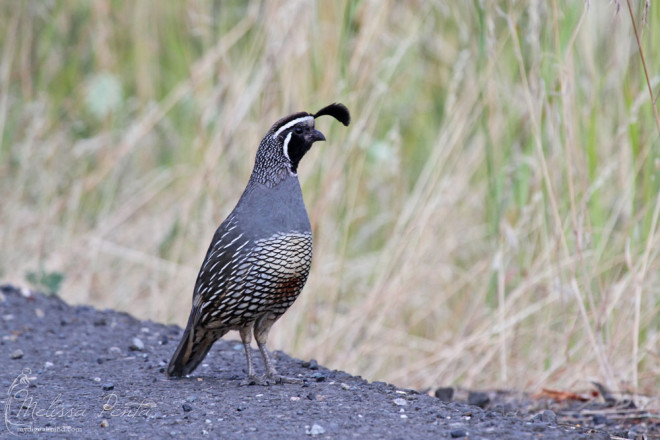
Male California Quail on the roadside.
Further up the road, he spotted a Western Kingbird on a fence. Once again, he stopped the car, backed up and allowed us to photograph this cooperative bird. Another car-stopping lifer!
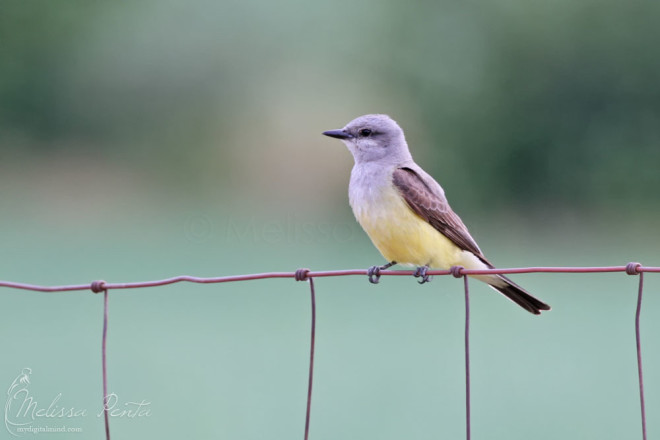
My lifer Western Kingbird on a wire.
The next stop we made was in an area that was clear cut with plenty of growth.

There were nice field birds in this clearcut area.
Here, we got our best looks at a male Western Tanager and found a family of Western Bluebirds. We caught one of the Bluebirds getting a meal ready for his young – he smacked the caterpillar around until it was more edible.

Our best looks at a male Western Tanager.
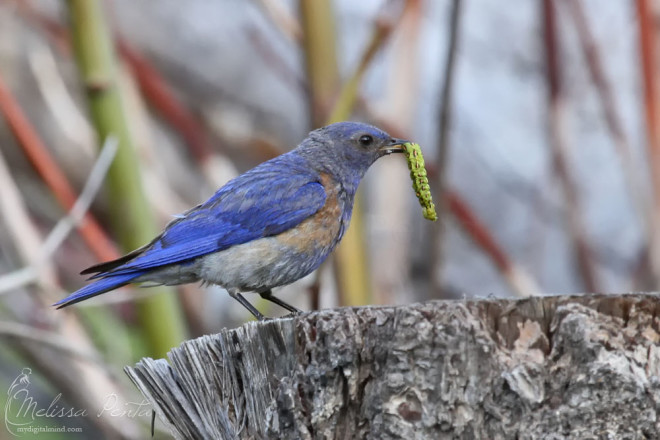
This Western Bluebird smacked and smashed the caterpillar before moving on.
After that, we headed into Trout lake through my favorite type of scenery – forest! The woodlands were very different from what I am used to in the east. Tall, beautiful firs and some pines filled the landscape.
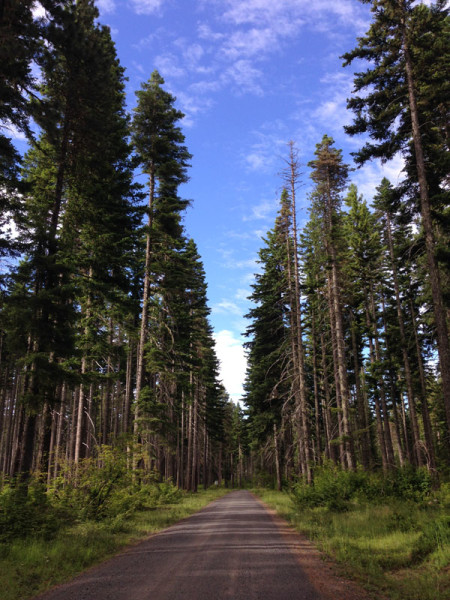
Going up the mountain

My favorite scenery!
We stopped in several spots to find some forest birds. New life birds included Hammond’s Flycatchers and Cassin’s Vireo. We also got our first looks at the Audubon’s Yellow-rumped Warbler.
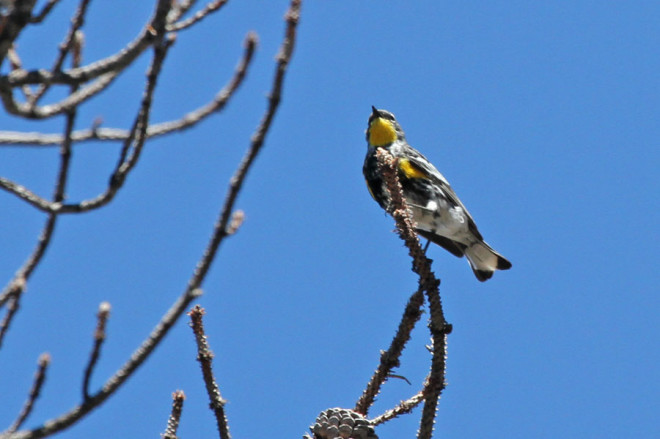
Audubon’s Yellow-rumed Warbler
After spending some time in the live part of the forest, We continued up the mountain in search of more specialties.
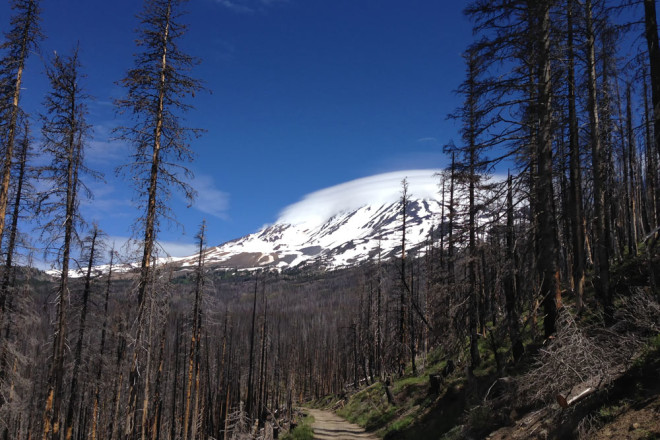
Looking up at Mt. Adams
The landscape changed drastically as we entered the area that burned in 2012 on the southeast skirt of Mount Adams.
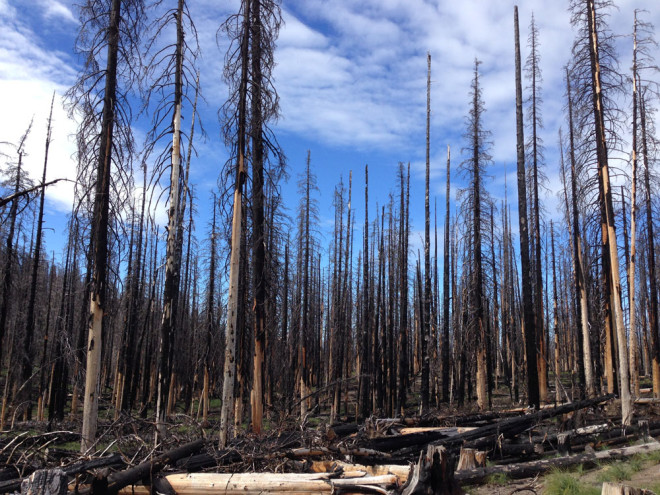
Cascade Creek Burn
Within the blackened trees, were some survivors and new growth. The view was striking, dreary and beautiful.
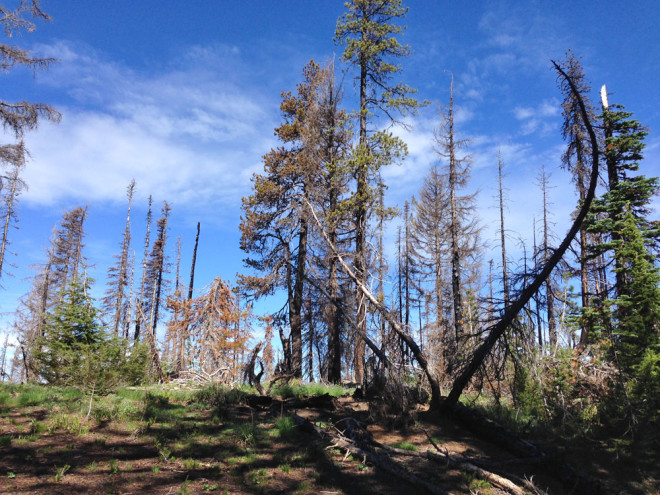
Some live and burnt trees
We got out of the car and hiked by foot to find the birds that have eluded us thus far. Dave knew of a nesting cavity for an American Three-toed family, so we scoped it out. We immediately heard the nestlings calling from the hole but no adults were in sight. One stuck his head out and continued to call to its parents. We hung back and watched for about twenty minutes; no adults showed up. They must have been trying to lure the young out of the cavity.
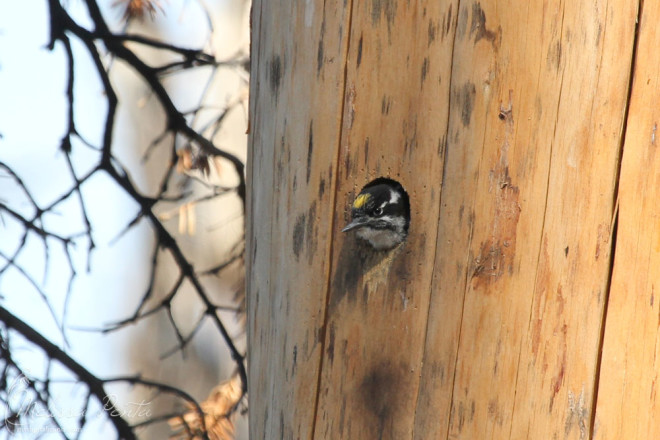
American Three-toed Woodpecker nestling calling out
We searched for some of our other target birds and ended up dipping on Gray Jays and Clark’s Nutcrackers. We did finally see an adult American Three-toed Woodpecker as well as our first Black-backed Woodpecker and some Hairy Woodpeckers.

Rozi enjoying the hike
As we headed back down the mountain, we continued our search for more new birds. We got great looks at more mountain birds – the Mountain Bluebird and Chickadee.
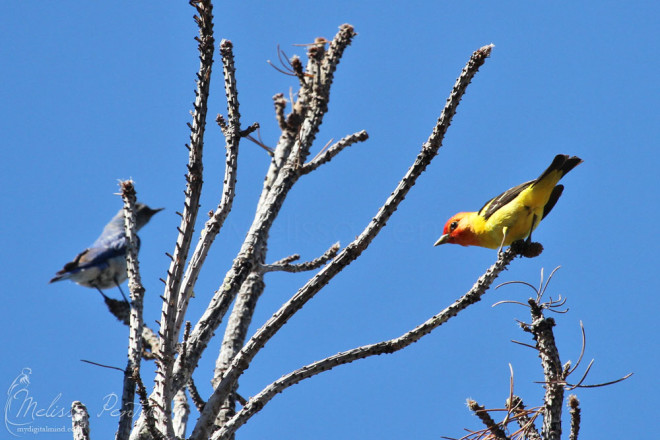
Western Tanager and Mountain Bluebird
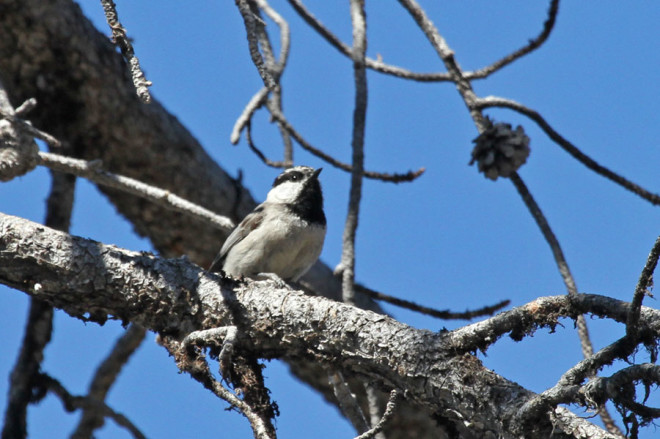
Mountain Chickadee life bird
Dave also found us a bird that I missed when a vagrant visited New York last year – a Townsend’s Solitaire. Lighting was terrible for photos, but we did get very good looks at this bird!
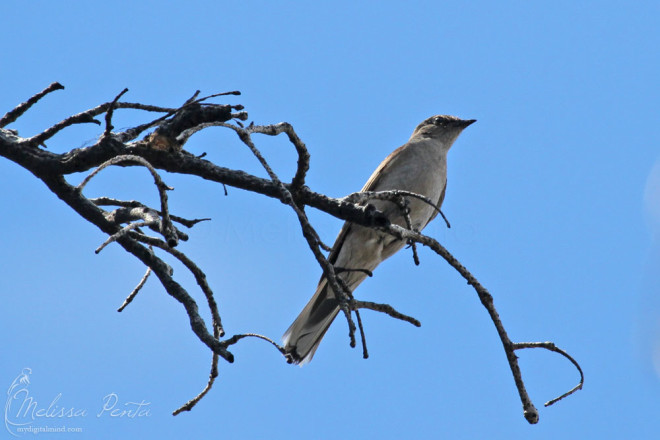
Townsend’s Solitaire lifer
Further down the mountain, we ran into some friends who were at the previous day’s barbeque. They were also having a slow day but gave us directions to a Williamson’s Sapsucker’s nest that was right off the road. It was an easy find and Mom came to the nest almost as soon as we got there. Dad followed.
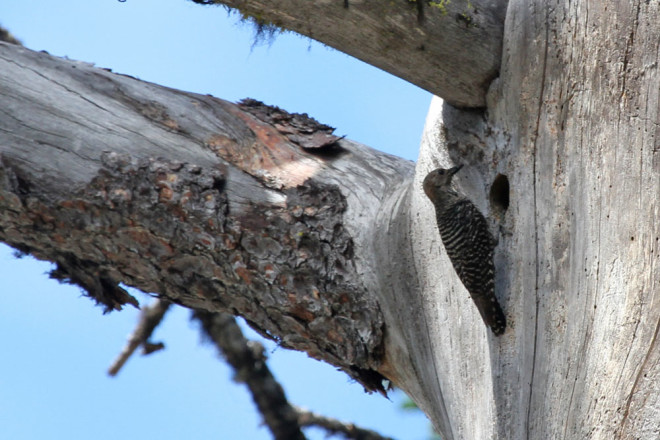
Williamson’s Sapsucker female
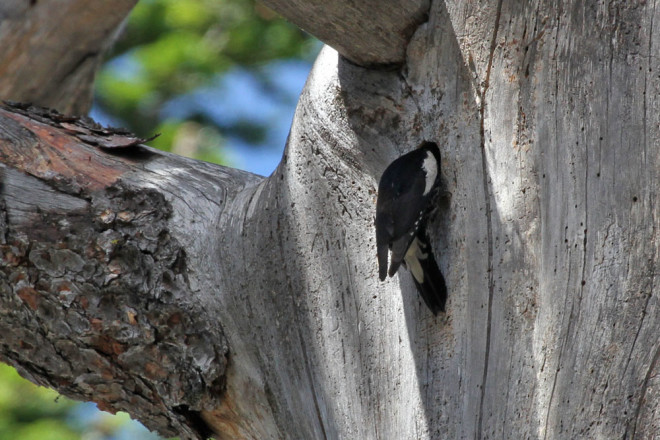
Williamson’s Sapsucker male
While we were watching these birds, another Black-backed Woodpecker allowed us to get some nice looks. The nesting tree was also shared with a pair of Red-breasted Nuthatches who busily made their way in and out of their cavity.
We finally left the mountain and made our way back to Oregon. On the way, we stopped for a local specialty – huckleberry smoothies – this time, at a more appropriate hour. We made our way through Conboy National Wildlife Refuge where we found more Western Kingbirds and our first Western Meadowlarks.

Another cooperative Western Kingbird
Our next stop was at a cemetery in search of Cassin’s Finches. We did find a male and female along with a Western Wood-Pewee, Gray Flycatcher, Western Bluebirds, Red-shafted Northern Flickers, a Red-breasted Sapsucker and my favorite surprise – Pygmy Nuthatches!
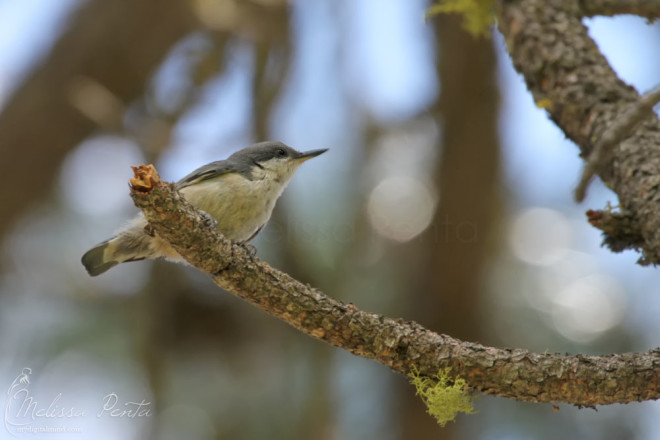
An unexpected Pygmy Nuthatch
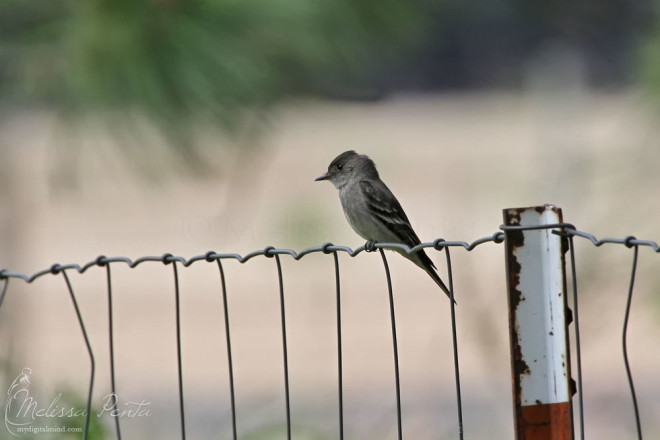
Western Wood-Pewee
Back on the road, the scenery continued to “wow” us along the Columbia River.
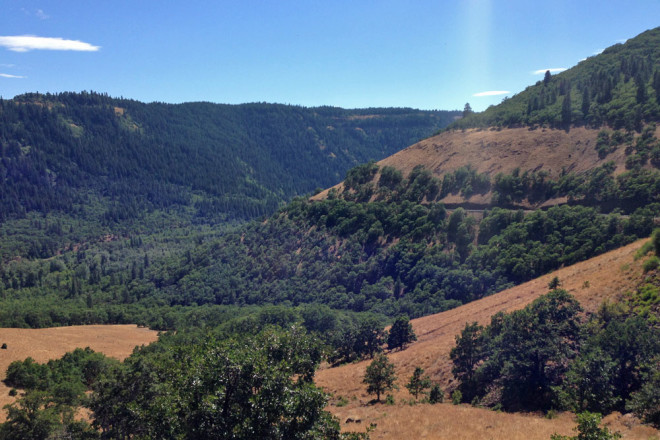
Driving along the Columbia River
We made several stops in search of various birds but they were tough to find as the afternoon got hotter. Dave mentioned that we should keep an eye on hawks because there was a chance at finding a Swainson’s Hawk. I figured it would have been a long shot, however, not long after he said it I found out a hawk hovering near the road. Dave stopped the car and we got our first really great looks at a Swainson’s Hawk hunting the fields – we actually saw one!!
We eventually made it back into Oregon where Dave brought us to a spot that was known to have White-throated Swifts. There were tons of Swallows to pick through but Dave finally directed my eyes to a swift. The sun was behind the birds so all I could see was its silhouette. Eventually, I found another on my own, but still could not make out any real detail. We wanted to listen for Wrens, but the sound of cars filled the air. We made several more stops along the highway for the Wrens. We finally found two Rock Wrens – a juvenile showed itself and shortly after, an adult came out.
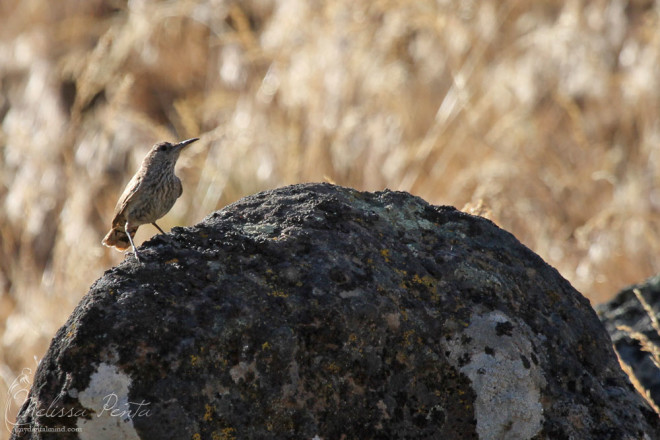
Rock Wren on a rock
The next target bird was the Lewis’s Woodpecker. We found one perched a bit far, but in the open. We also found some unexpected Grasshopper Sparrows – not a life bird, but still always a nice bird to see. Dave knew of a spot that we could get a better look at a Lewis’s Woodpecker and he did not disappoint. The beautiful bird showed off for us!
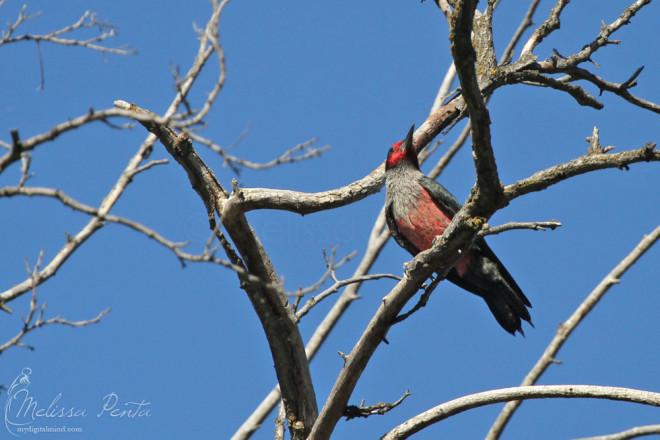
Lewis’s Woodpecker
We made a last attempt for Canyon Wrens but ended up finding more Rock Wrens and a Black-billed Magpie. This was my US-lifer Magpie, even though it was silhouetted against the sun.
Our next target birds, the Tricolored Blackbirds, were exactly where Dave said they would be (of course!). When we stopped the car, several females popped up – it did not take long for some males to fly in. We got some nice looks and they took off. Along the way, we also saw more field bird specialties – Western Meadowlarks and Kingbirds, Mountain Bluebirds and Horned Larks.
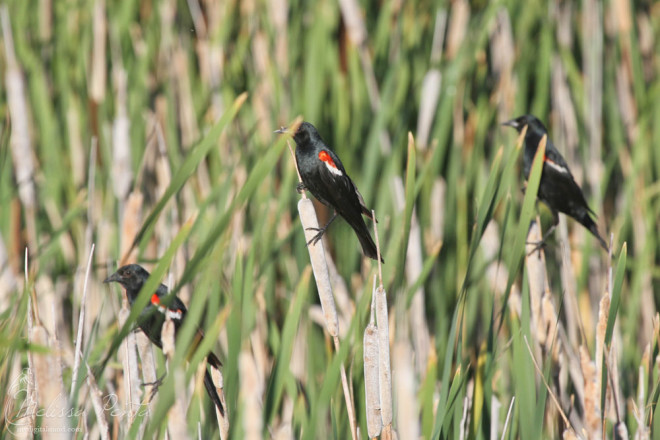
Tricolored Blackbirds
Our very last stop before finally heading out for dinner was at a residential hummingbird feeder which was known to get a nice variety of local hummers. The only ones that showed up were Rufouses – we got excellent looks at a beautiful male. We still had a long way to get home so we did not stay long. It was getting dark and we were tired and hungry. We stopped at the Rendezvous Grill for more good food and finally remembered to take a photo of the three of us inside the restaurant.
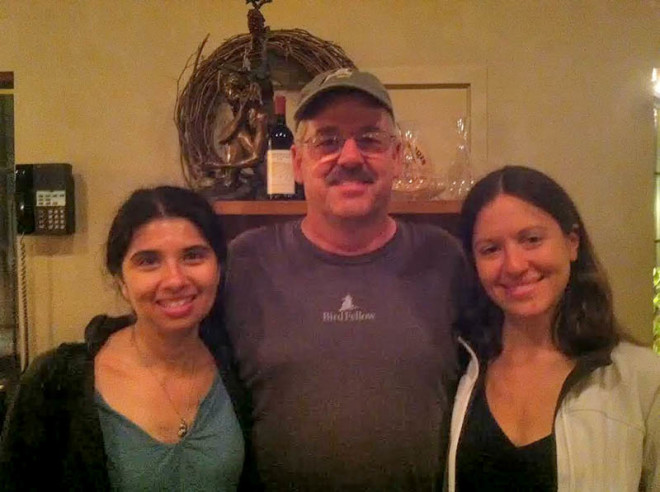
The birding trio – Renee, Dave and me
During this trip, I ended up with 54 life birds plus 3 US-lifers. We saw, in total, over 120 species of birds in the middle of summer. It was an excellent trip and Dave is a great guide who I will continue to keep in touch with and hopefully see again soon (Rio Grande Valley maybe?). I can’t even find the words to let him know how much we appreciated him taking us out on two days of non-stop birding. Also, thanks to Bob’s Red Mill and the Cornell Lab of Ornithology for making this trip possible!
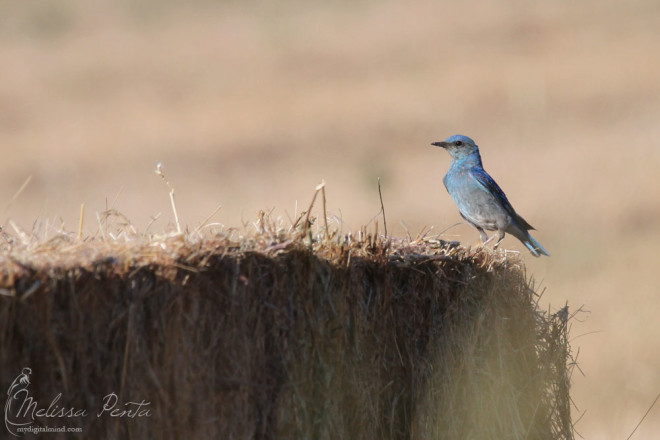
Mountain Bluebird on a haystack

